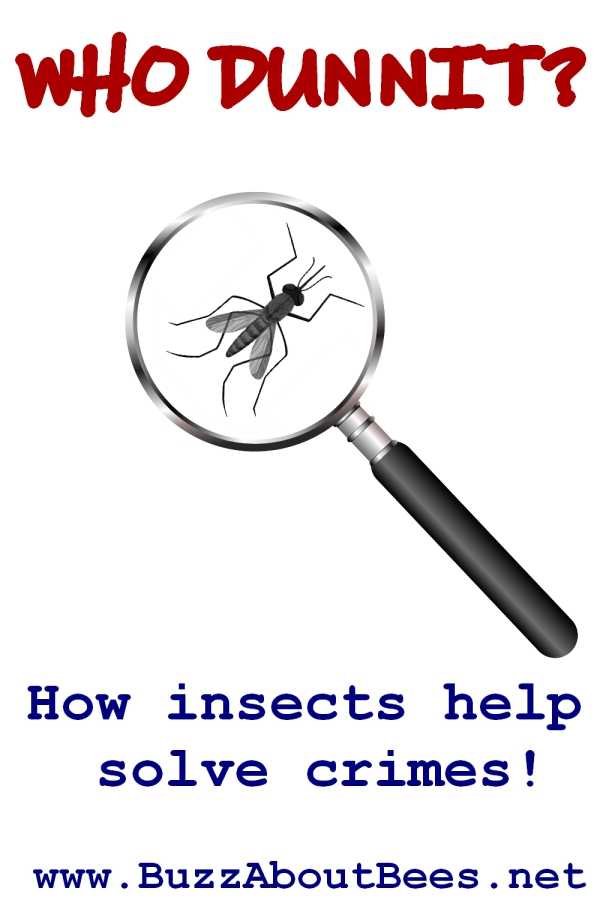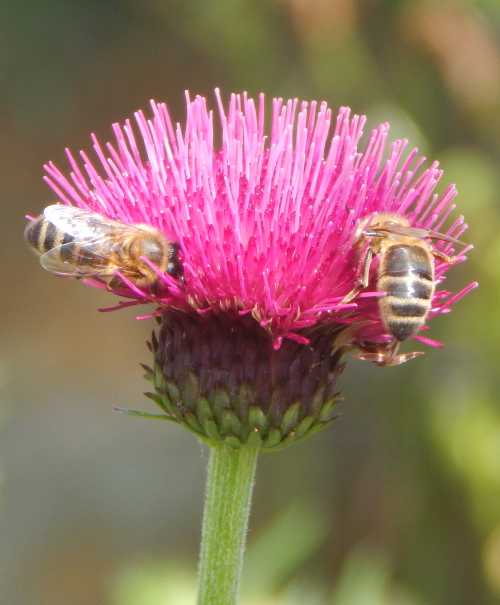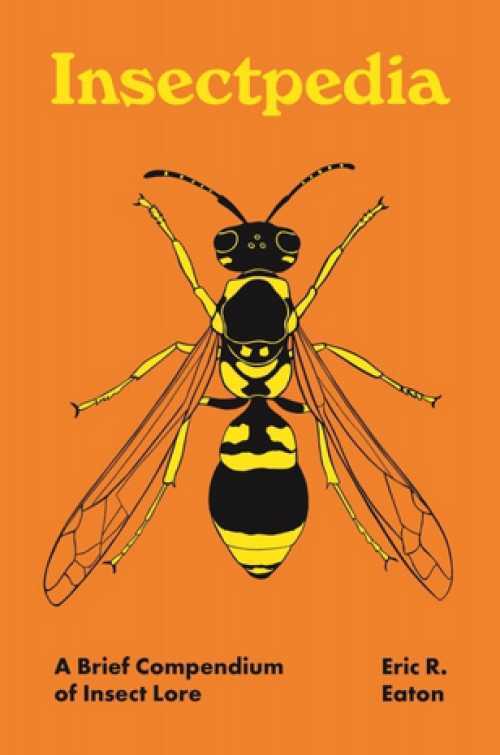Cases Solved By Forensic Entomology
A dead body that is starting to decompose attracts insects in a quite reliable and predictable sequence.
This sequence, together with an expert knowledge of insect and invertebrate behaviour (taken together with climate information), can give forensic entomologists an advantage over forensic pathologists in determining when and where a person died, because the presence and location of insects and larvae can give a more accurate estimate of the date of death.
As a result, for some cases of death (either through deliberate killing, suicide, or accidental death), entomologists can provide significant help to forensic pathologists.
In the following cases, forensic entomological analysis was able to:
- Show the day of death of a man;
- Suggest possible locations for investigation into a murder;
- Distinguish between murder and natural death;
- Distinguish between suicide and possible murder;
- Confirm a natural death and eliminate murder;
- Provide firm physical evidence linking a suspect to a murder.
6 Cases Solved By Forensic Entomology
1. Bluebottles and a case of accidental death
A man was reported missing in November 2003 in northern England. His body was discovered about 2½ months afterwards in February 2004, in a deep ditch near his home.
The pathologist estimated that he had died two to three weeks before discovery (which would make it January or February 2004).
However, a forensic entomologist, by examining the bluebottle (Calliphora vomitaria) larvae and pupae on the body, gave an earlier estimate of 27 / 28 November, with a range of a week either side.
It transpired that the man had fallen into the ditch, suffering a fatal broken spine – probably on the day he disappeared (19th November), which fits in with the range given by the entomologist.
2. Absence of insects reveals location of storage
In April 2003 in southern England, the body of a woman who had disappeared a month earlier was found burning in woodland. The body was partially decomposed (so the victim had died before being burned), but there were no flies or fly larvae present.
A forensic entomologist confirmed that the absence of insects or insect larvae meant that the body must have been stored somewhere that insects could not access.
Taken together with other evidence that suggested the body had been wrapped securely since death, the investigators were able to discover that the victim’s body had been stored in a secure rental unit.
3. Blowflies reveal hidden wound
A 58-year-old woman was found dead in her home in Brazil. She lived alone and had a history of heart disease. An absence of any apparent wounds or injuries at post-mortem led the pathologist to declare a natural death seven days before discovery.
However, a later examination by a forensic entomologist showed blowfly (Chrysomia albiceps) larval masses in an unexpected location in the person’s head.
Blowflies normally colonize natural orifices, but these larvae seemed to have accessed the head through a wound that was not caused naturally.
A further police investigation led to the arrest of a man who admitted attempted rape. The injury to the head had been caused during the attack.
4. Blowflies alter presumed cause of death
A man in his 30s was found hanging from a tree in Brazil. His family reported that he had been missing for about seven days, and his death was first classified as suicide.
However, blowfly eggs and larvae (from Hemilucilia semidiaphana and Chrysomia albiceps) were found, collected and examined. These examinations showed that the man had died only four or five days prior to the discovery of his body.
It was confirmed that he had been seen in the company of ‘five suspicious looking men’ five days before the discovery of the body, and so the initial classification of suicide was changed to one of possible murder.
5. Blowflies clear a suspect
Also in Brazil, the body of a 60-year-old man was found in an abandoned house.
He had last been seen alive with another person about six days before the discovery of his body, so it was important to find an accurate estimate of the day of his death to assess whether the other person was a crime suspect.
Based on entomological analysis of the Chrysomia albiceps larvae collected from the body, it was judged that he had died four days before discovery. This excluded the other person as a suspect, and the death was recorded as a natural death.
6. Flies seal the fate of a suspect
The body of a young female prostitute was found in rural north western USA with multiple head wounds. Her brother had reported her missing four days prior to the discovery of her body.
She had been seen in the company of a 30-year-old man four days prior to the discovery, but there was only circumstantial evidence to link the man to her death. Numerous fly larvae (and adult insects) were found in and around the victim’s wounds.
Analysis of these insects showed that the victim had died four days before discovery – on the day she was seen with the suspect, thus providing more substantial evidence linking the suspect to the victim’s murder. He later confessed to having killed the woman.
References:
Cases 1 & 2: The Journal of Homicide and Major Incident Investigation Vol. 4 Spring 2008 (National Policing Improvement Agency, UK). library.college.police.uk/docs/J_Homicide_MII/J_Homicide_4.1.pdf
Cases 3,4 & 5: Thyssen PJ, Aquino MFK, Purgato NCS, Martins E, Costa AA, et al. Implications of entomological evidence during the investigation of five cases of violent death in Southern Brazil. J Forensic Sci Res. 2018; 2: 001-008. DOI: 10.29328/journal.jfsr.1001013
Case 6: Lord D W & Rodriguez W C: Forensic entomology: the use of insects in the investigation of homicide and untimely death. www.ojp.gov/pdffiles1/Photocopy/116278NCJRS.pdf
If you found this page helpful or interesting, I'd really be grateful if you would share it with others - if not this page, perhaps another, such as Gardening For Bees.
Thank you so much :) .


